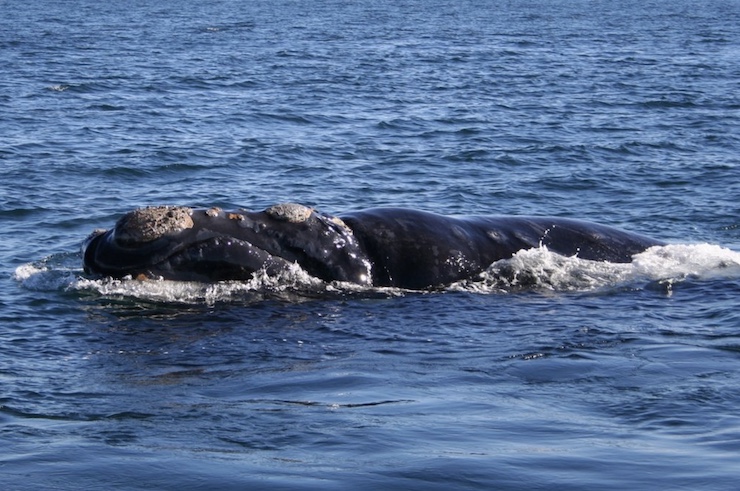Scientists Using Drones to Study Whales and How Human Activities Influence Their Behavior

Aarhus University, founded in 1928, is the largest university in Denmark. As one of the top 100 research universities in the world, Aarhus’s Institute of Advanced Studies (AIAS) is home to many of the brightest researchers. One such researcher is Assistant Professor Fredrik Christiansen. Funded by the European Union’s Horizon 2020 Research and Innovation Programme, Fredrik has been granted one of 15 AIAS-COFUND fellowships.
AIAS-COFUND fellowships support all areas of independent study for the most elite of researchers in Denmark. For Fredrik, this means having access to funds needed to study the relationship between baleen whales and humans. Particularly how human environmental interactions influence whales. Humans have greatly changed the ocean through pollution, fisheries, and renewable energy sites. These changes have altered whale populations.
Fredrik is looking to answer the following questions about a whale’s relationship with a human altered environment: “How do individual behaviors relate to energy intake and cost? How does seasonal behavioral patterns of individuals relate to their body condition? How does the body condition of individuals relate to their survival and reproduction? And, how does the survival and reproduction of individual whales influence population growth and dynamics?” Unfortunately, to gather such data, researchers have long had to rely on studying carcasses of whales that had washed up onshore.
While a dead whale can give researchers some information, it is not an entirely reliable source. It also means that a researcher needs to wait for such an event to happen. Therefore, to create a bioenergetic model for predicting the population consequences of whales, Fredrik has begun using drones to collect data. In a paper Fredrik released recently, he shared how drones have helped gather vital information on the critically endangered North Atlantic right whale, a species with a population of less than 500 surviving animals. “Using photogrammetry from unmanned aerial vehicles, we conducted the largest population assessment of right whale body condition to date,” states the paper.
The drones were able to safely count and monitor right whales to get a wide range of data. Firstly, the drones allowed Fredrik to create a population count by registering each right whale’s unique characteristics. The high definition cameras on the drones allowed Fredrick to see the overall health and condition of the whales. Did the whales have any skin conditions or scars from coming in contact with boats or fishing gear? With the drones, Fredrik could monitor how the whales behave socially, travel, and eat. But one of the most important things the drones were able to tell Fredrik is how big the whales were.
The images captured by the drones allowed Fredrick to measure the whale’s length, height, and width to calculate an accurate body weight. Previously researchers were only able to estimate these numbers or wait to gather data from a carcass. “Knowing the body mass of free-living whales opens up new avenues of research,” Fredrik said. “We will now be able to look at the growth of known aged individuals to calculate their body mass increase over time and the energy requirements for growth.”
As Fredrik points out, knowing a species’s body mass has long been a missing link in many biological studies, especially when studying large marine animals. This key element of research is very much needed to build conservation models for how humans affect and relate to a whale’s environment and overall survival. As Fredrik has proven, drones are the tools that will make it possible for researchers to have the scientific facts necessary for this. “This novel approach,” Fredrik said, “will now make it possible to finally include this central variable into future studies of free-living whales.”
|